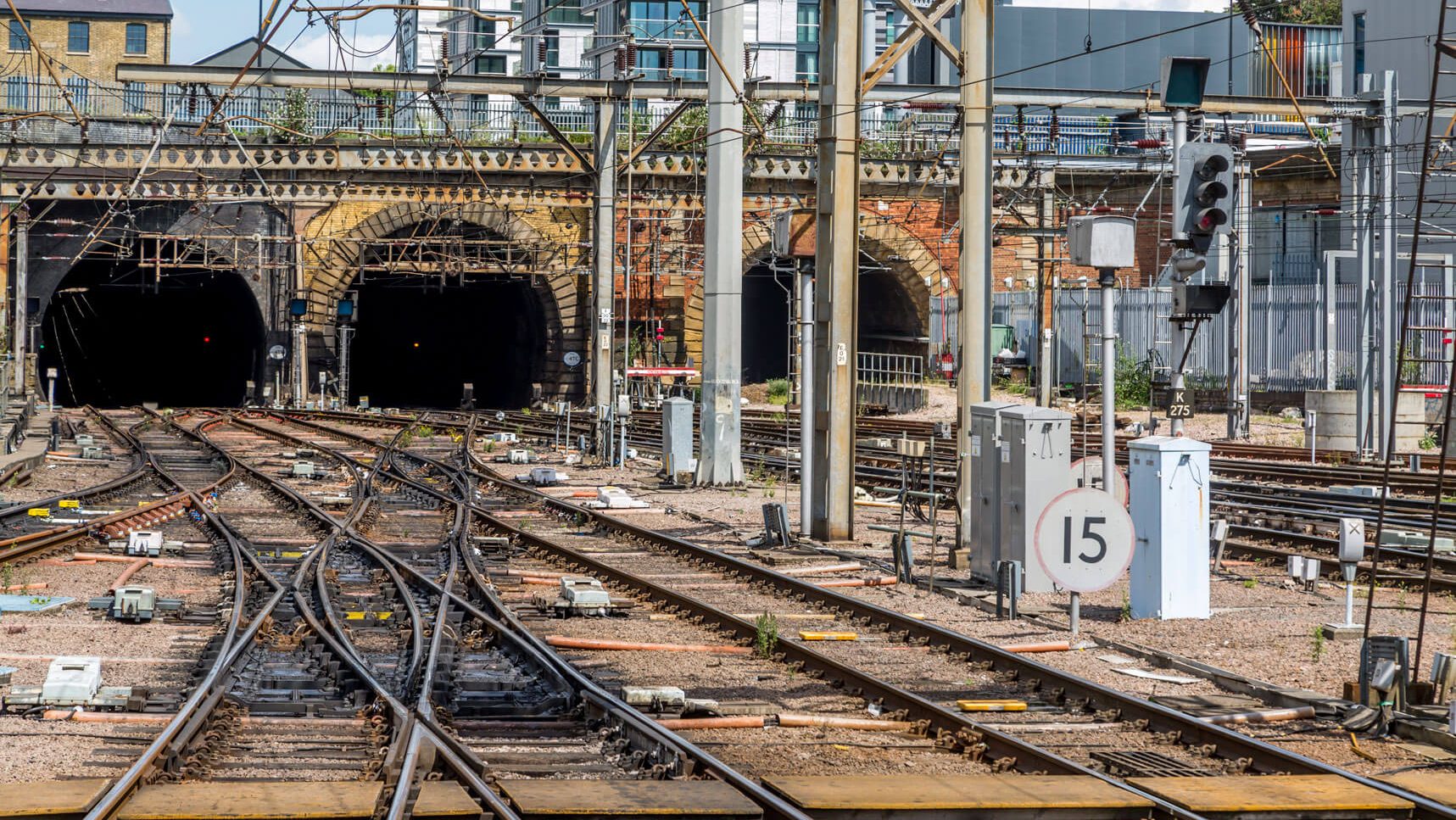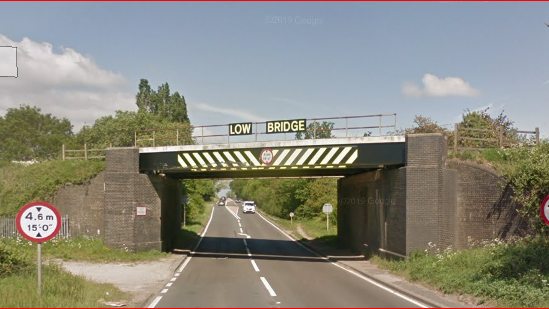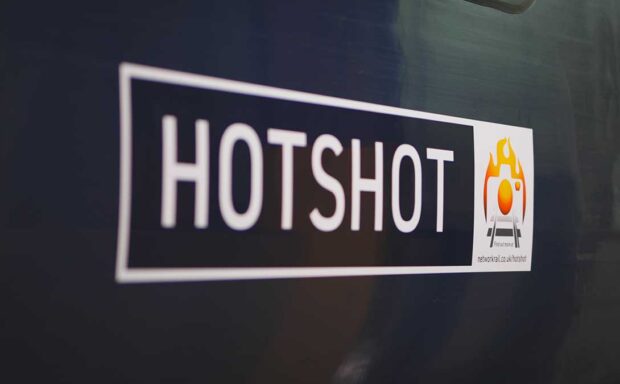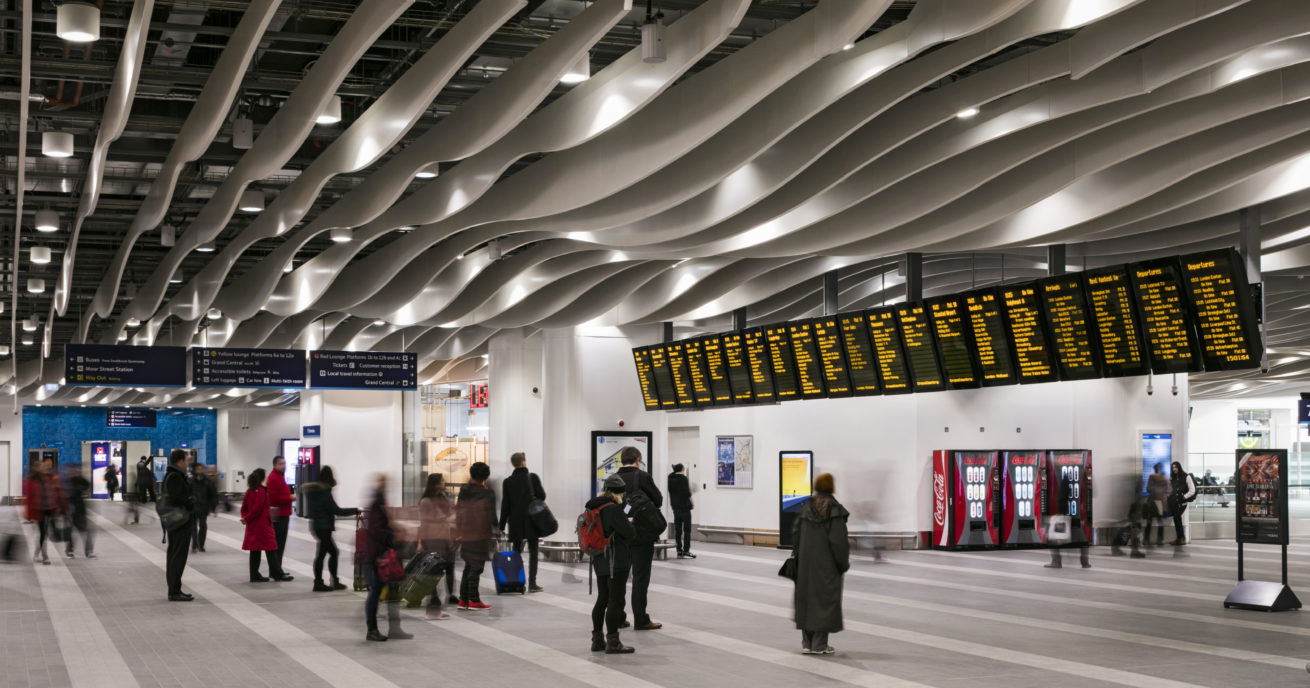Track is a significant part of our project to provide better journeys at London King’s Cross station.
Over July 13 and 14 we will prepare to lay new track in a disused railway tunnel, which we will eventually reopen to increase the number of tracks into the station.
Our teams work night and day maintaining and renewing our 20,000 miles of track to keep the country moving:
From quiet railway lines through countryside to complex junctions in the busiest, most congested areas, track is fundamental to travel by train.
With passenger numbers growing all the time, our track is used heavily, and we carry out regular repairs and maintenance so that passengers and freight can keep moving on the railway.
Our track improvement work as part of the Railway Upgrade Plan – increasing capacity for more train services – is typically planned over bank holidays as it’s when the network is quietest.
The latest technology and innovations – from hi-tech machines to GPS – help our track teams to get the job done.
The current track layout at London Kings Cross – something were improving to provide better journeys for passengers:
When we talk about railway track, we mean the whole structure that trains run on, including:
- Rails – these are the lengths of steel that are welded together.
- Sleepers – these are supports for the rails.
- Switches and crossings – these are movable sections of track that guide trains from one track to another and allow them to cross paths. They have an especially limited lifespan because trains cause wear and deformation when they travel across them.
- Sets of points – these are mechanical systems that move the switches and crossings.
How we maintain tracks
Our daily maintenance processes include:
- Using tamper and ballast regulators to redistribute ballast – the stones beneath the track that give support – and compact it beneath the sleeper so that it maintains the track geometry
- Carrying out profile treatment to grind away part of the rail head – the top surface of the rail that the train’s wheels run on – to leave a clean surface for a smoother ride
- Monitoring our infrastructure by fitting measurement equipment to trains to identify flaws in the rail that need to be fixed.
Track renewals
Our 800m track renewal system replaces existing rails and sleepers with high-performing new ones.
The TRS works in a similar system to the ballast cleaner. The front part runs on the old rails, while the rear runs on the new rail that the system has installed, so any lines adjacent to the one the TRS is working on can remain open to passing trains.




